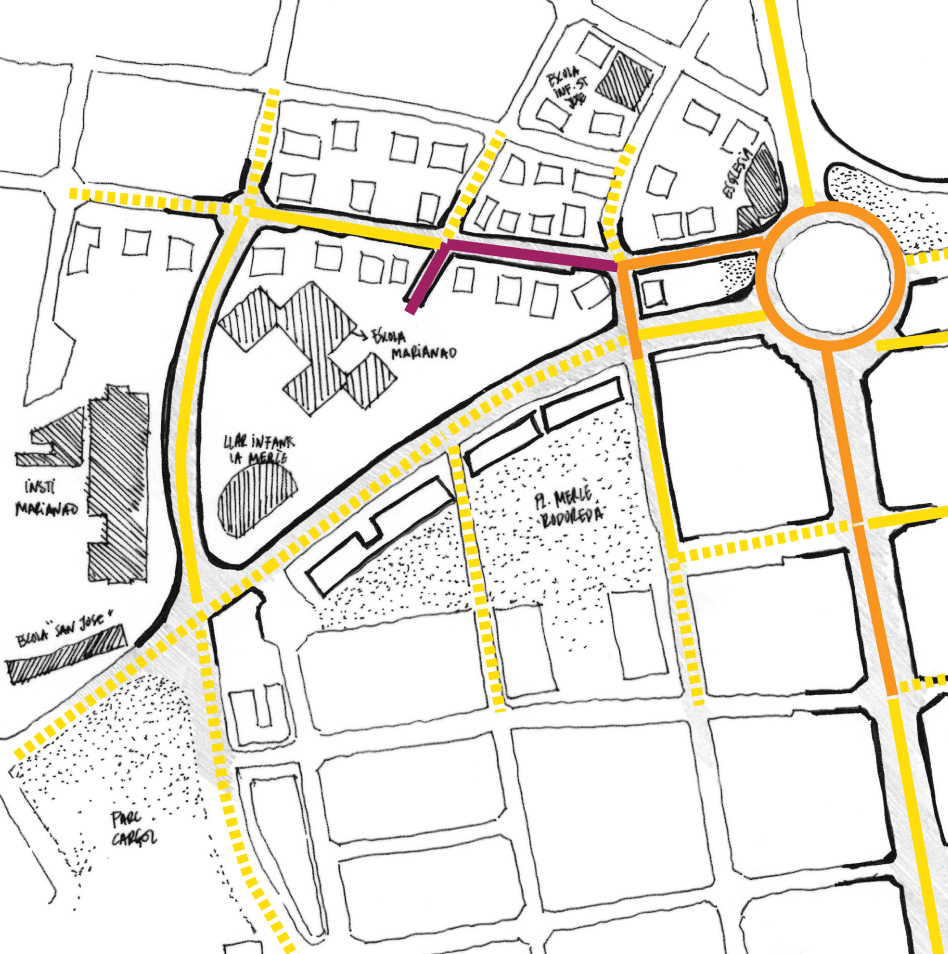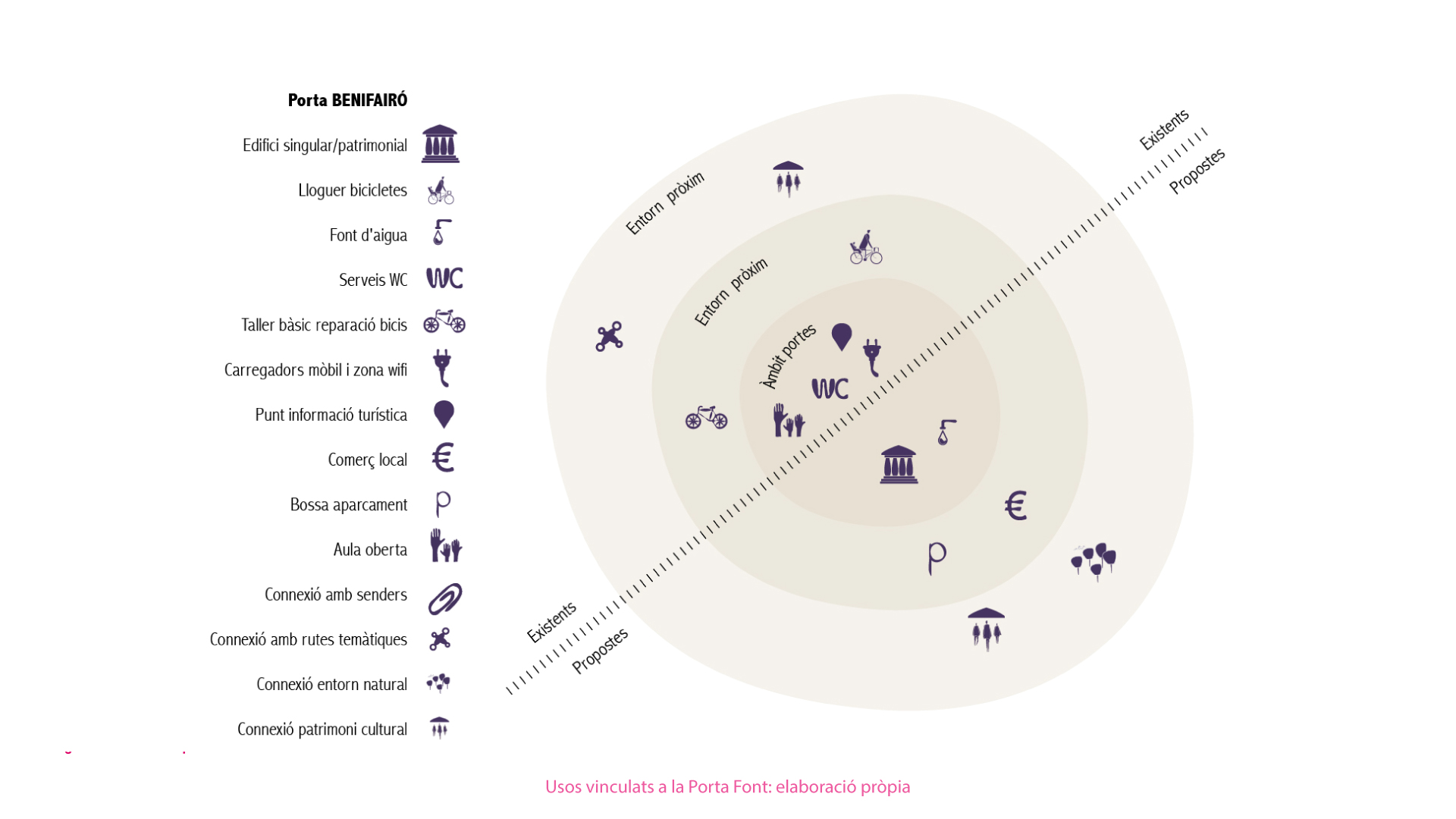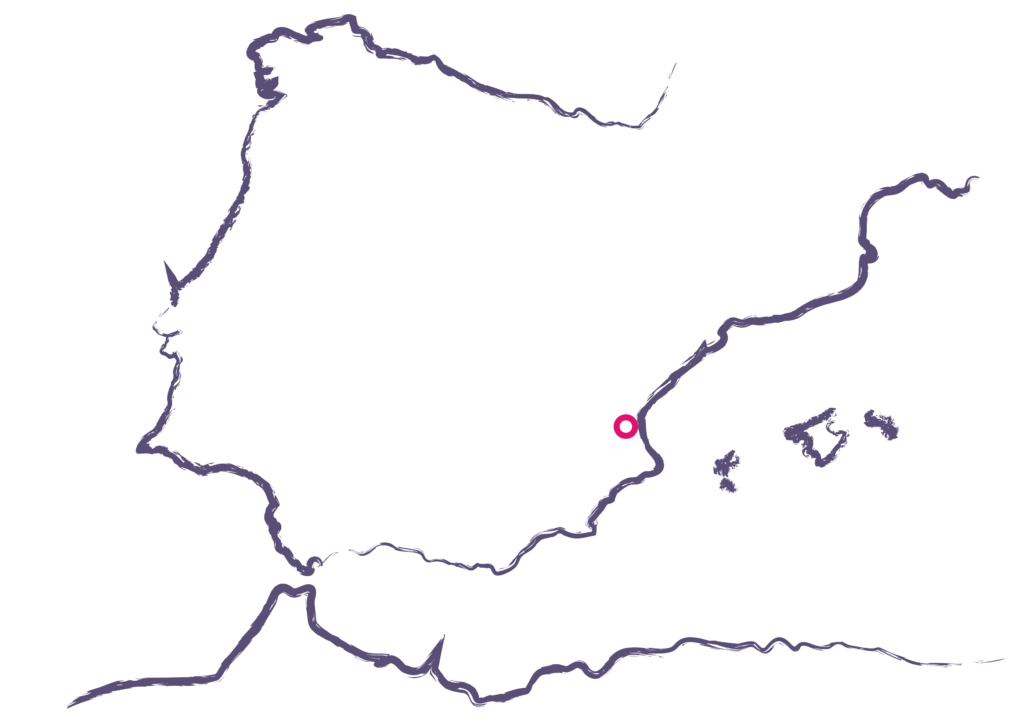School paths of Marianao and Montbaig schools
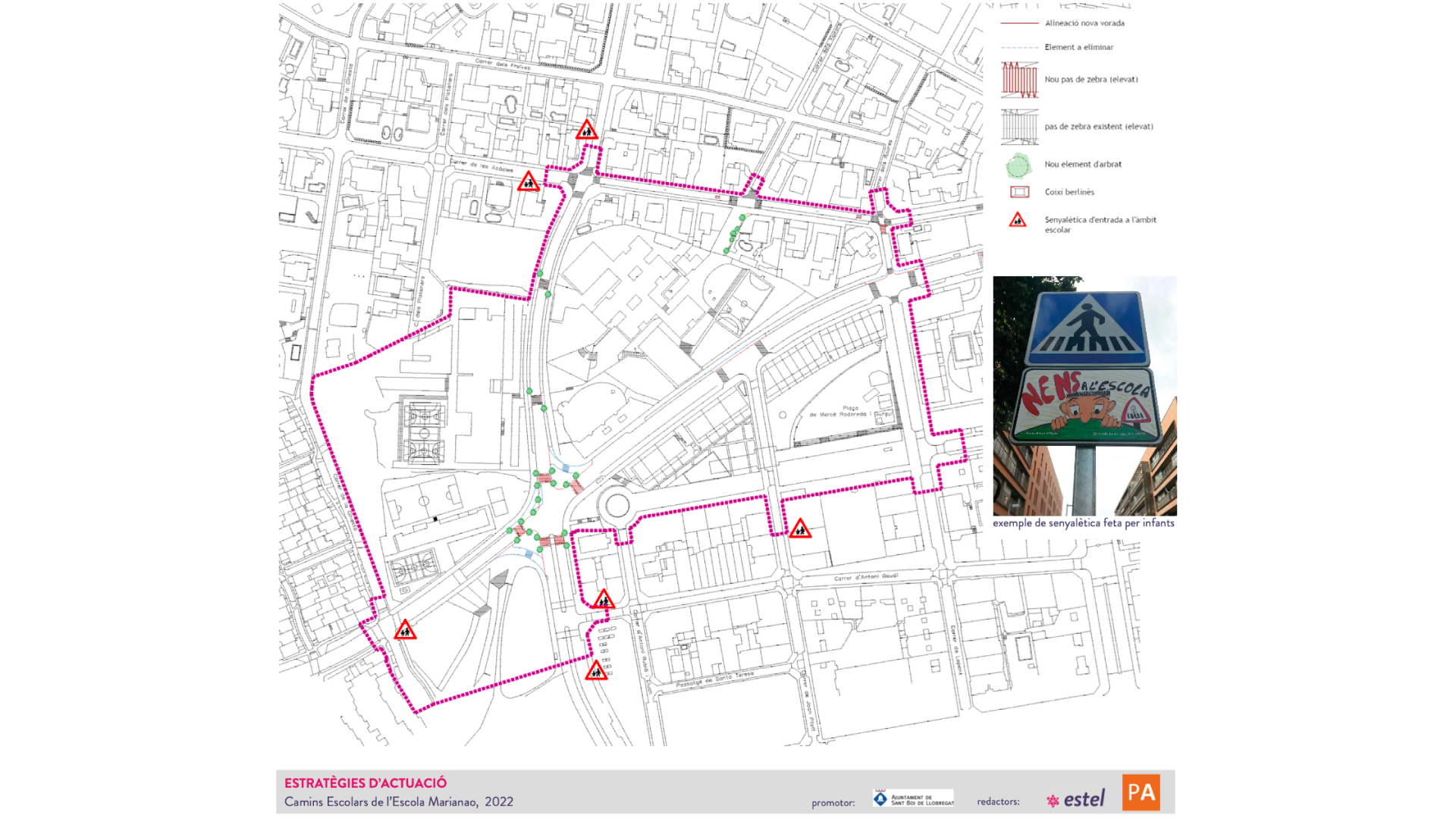
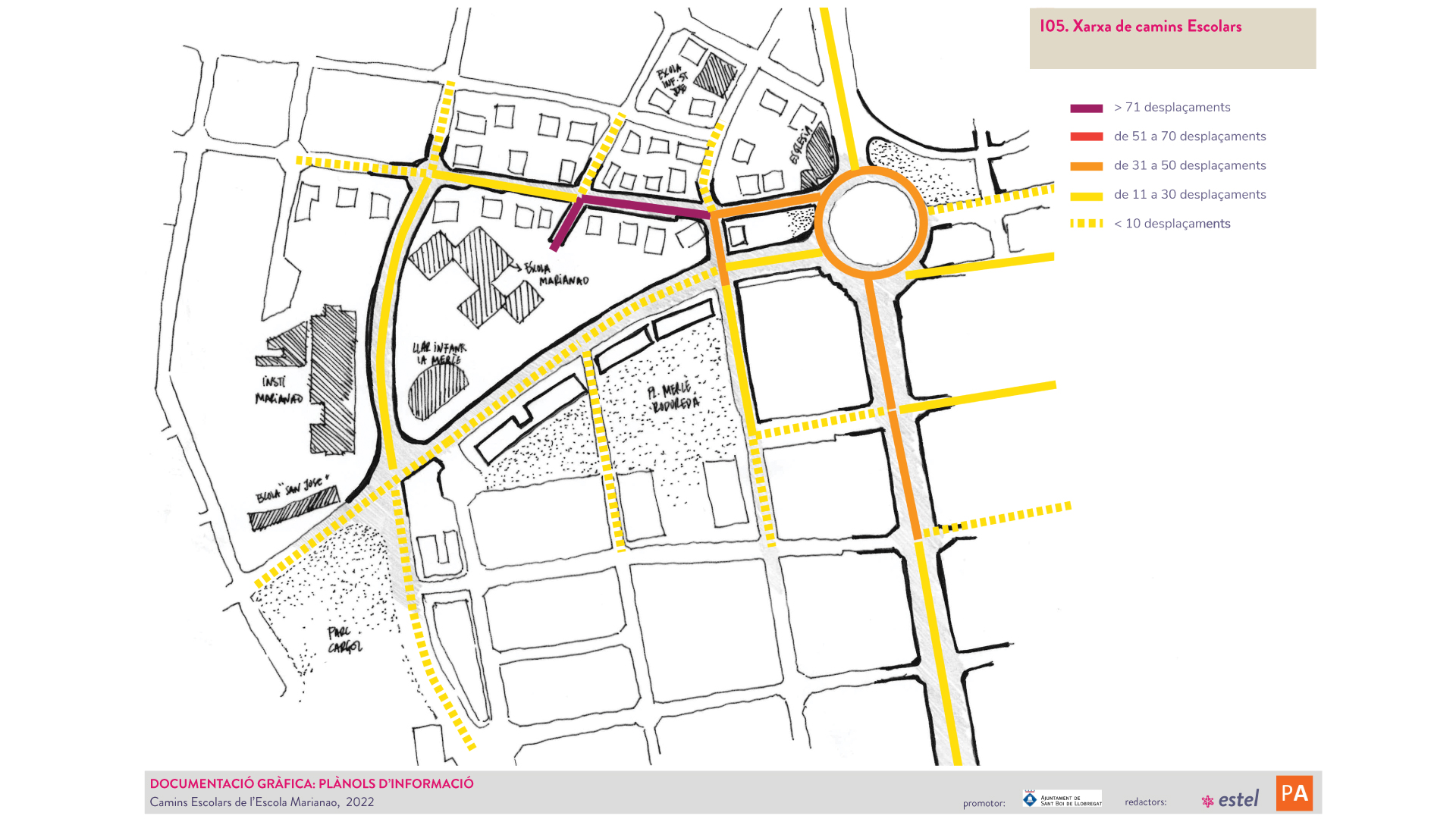
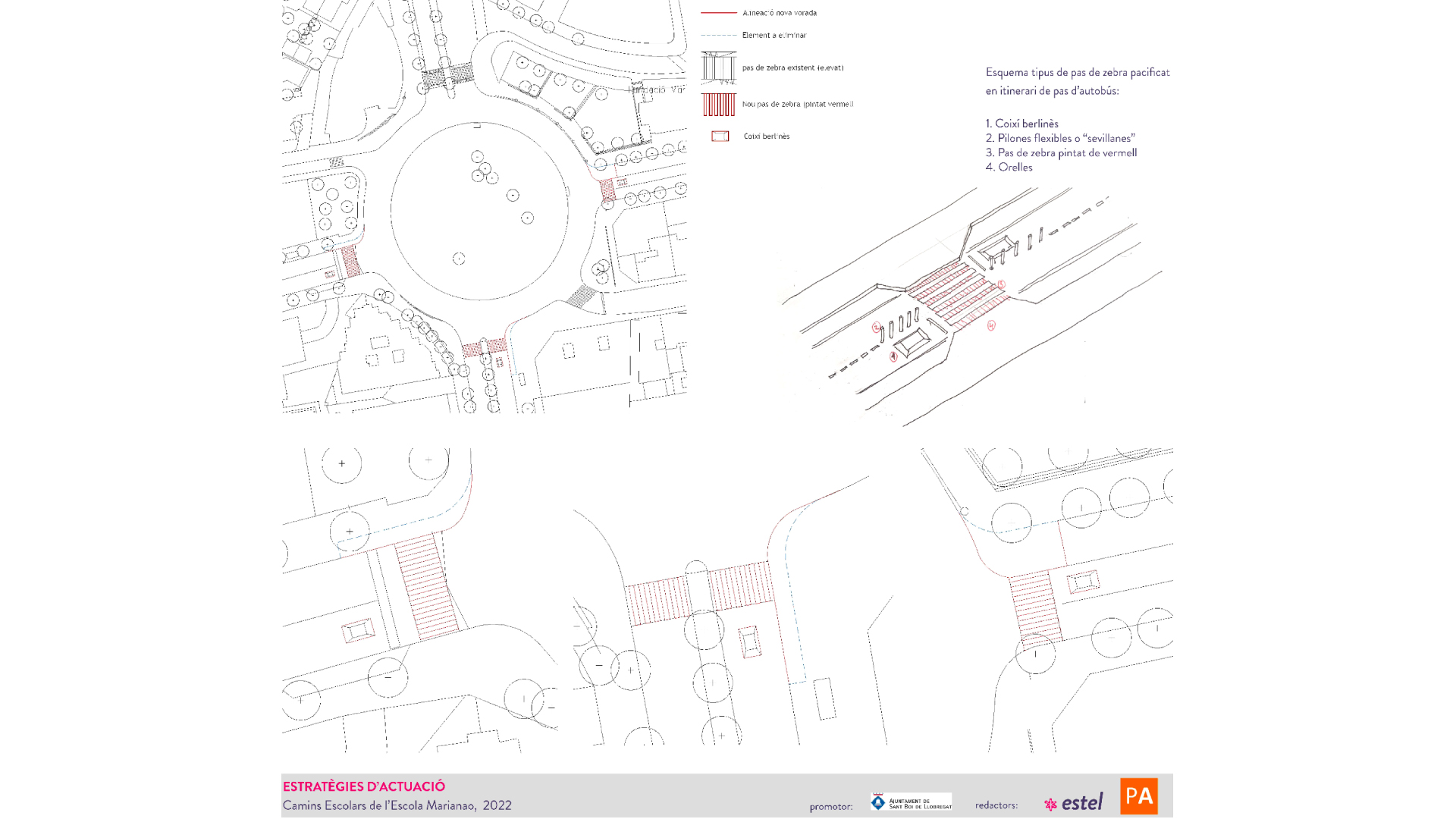
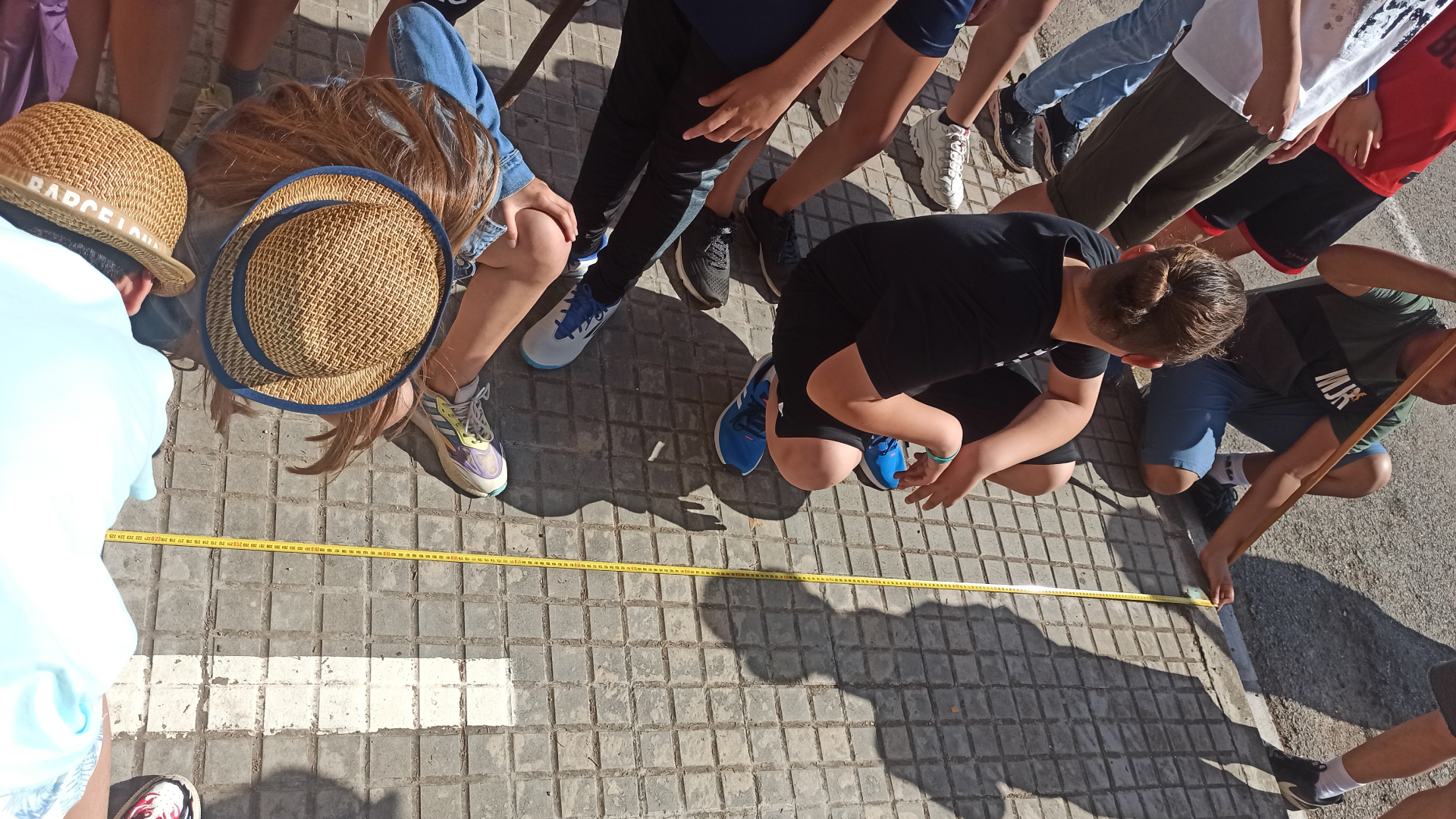
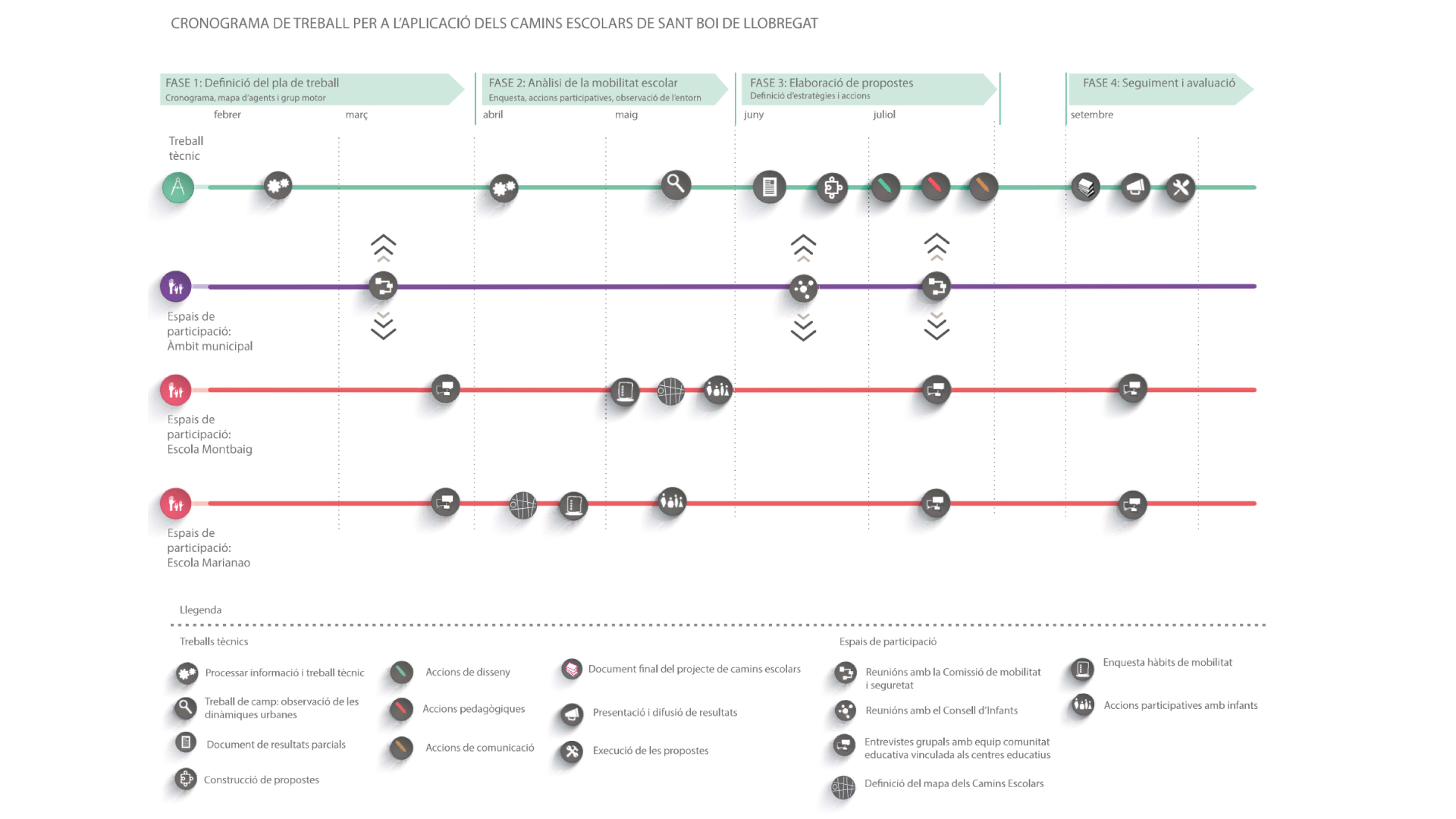
Following in the wake of the “Tactical Guide for Sant Boi de Llobregat School Paths” that we worked on in 2020, the School Path projects for the Montbaig and Mariano schools have been drawn up. The objective is to improve mobility dynamics and the quality of the public space around the schools and at the same time put into practice the methodologies described in the guide, which should serve as a basis for the rest of centers of the municipality.
The projects begin with the analysis of the students’ daily routes, which are obtained through an individualized survey. Next, an audit of the surrounding streets and squares is carried out, paying attention to aspects ranging from accessibility and connectivity, comfort or the capacity of the public space to promote autonomy and the development of boys and girls in safe conditions. All this analysis is accompanied by participatory and pedagogical actions with students, teaching teams and families, with the aim of collecting their perceptions and directly influencing their mobility habits.
With all this, the document ends by defining specific actions that are grouped under three thematic axes: physical actions on public space, pedagogical and participative actions and communicative actions.
Place
Sant Boi de Llobregat
[82.904 inhabitants]
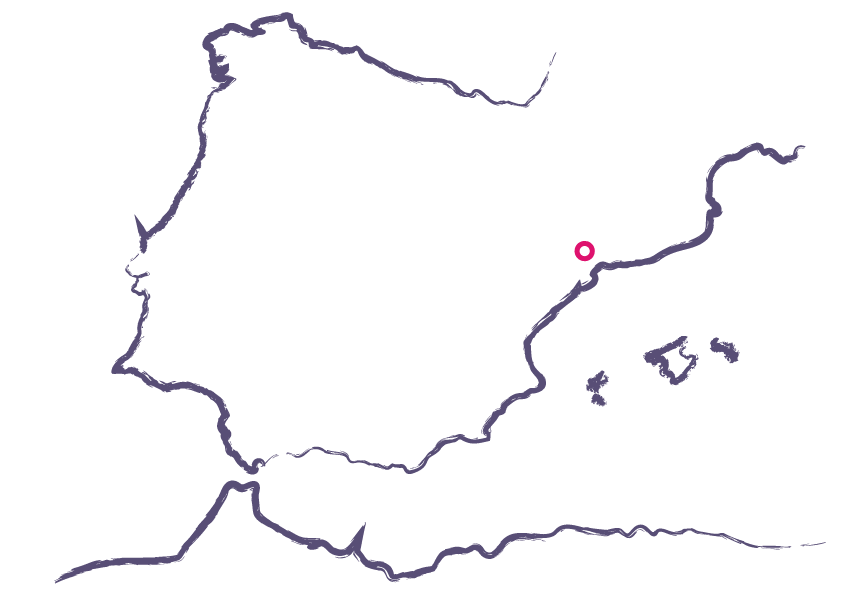
Scale
Public space
Type of project
Urban Strategies
Citizen cooperation
Public space design
Duration
6 months [2022]
Promoter
Municipality of Sant Boi de
Llobregat
Team
*estel (Marc Deu Ferrer,
Arnau Boix i Pla, Konstantina
Chrysostomou, Alba
Domínguez Ferrer)
Pau Avellaneda
Collaborators
Educational community linked
to Marianao and Montbaig
schools

